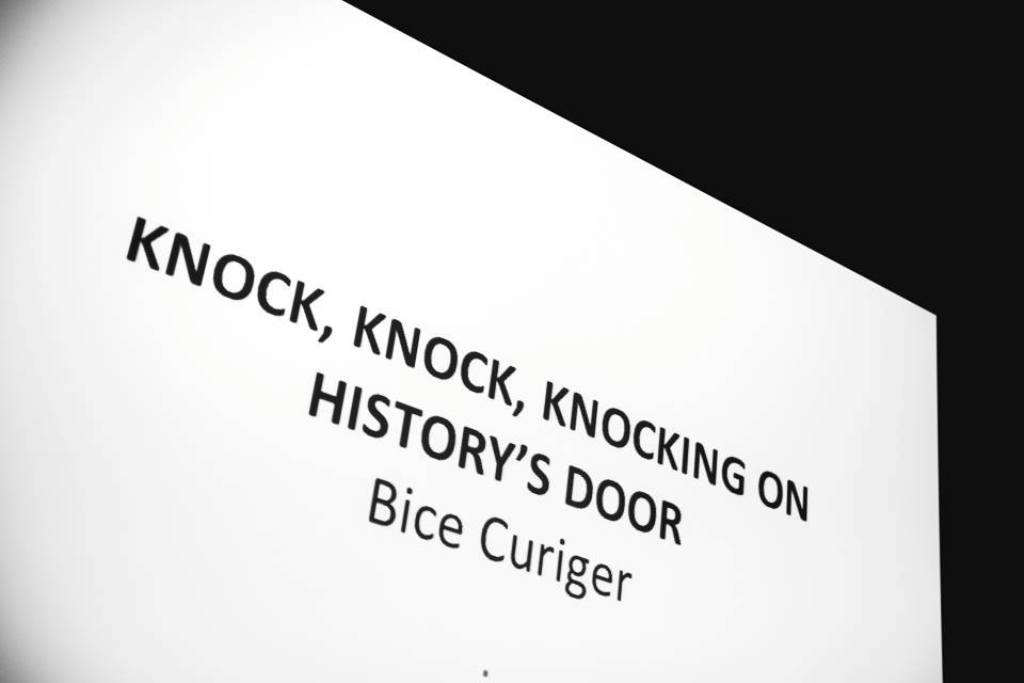
The transhistorical
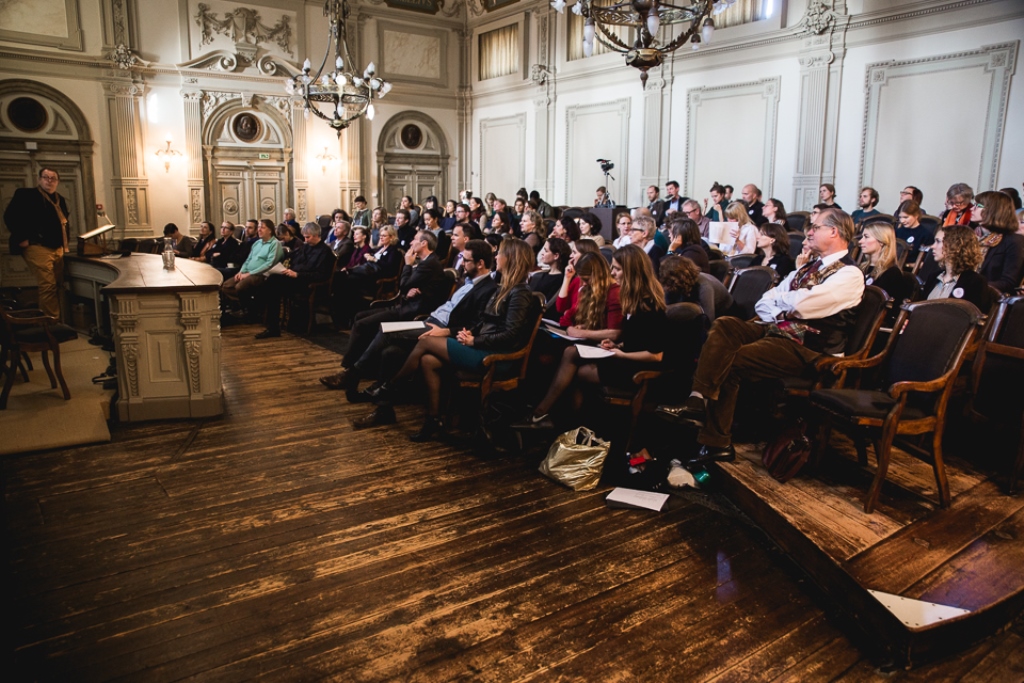
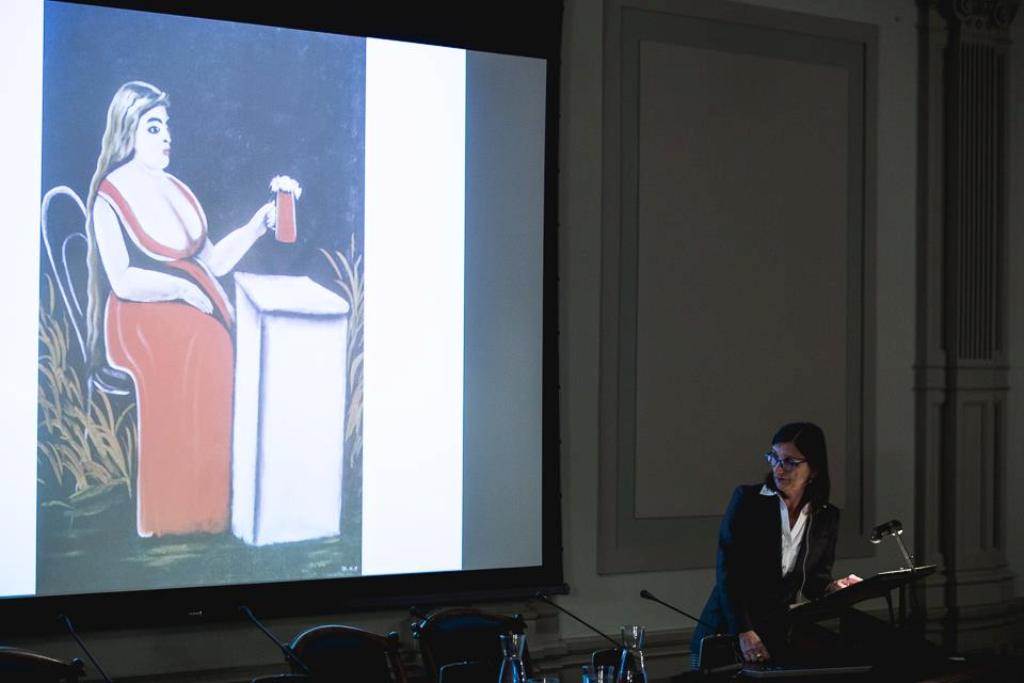
Many museums are split up in departments for old art (often seen as ‘old masters’) and contemporary art (not considered to be ‘old’ and ‘master’ yet). In Haarlem at a symposium experts discussed the possibility of crossing times back and forth at the transhistorical museum.
Following a practice that has a longstanding tradition in the 20th century, with in its last decade Magiciens de la Terre in 1989, the Venice Biennial in 1993 or more recently the 2013 Manet. Return to Venice show, group shows whose premise is to bring together past and present has steadily gained momentum without ever losing its controversial aspect. These conversations, and many more such as the 2015 discussion Gods and Monsters at Frieze Masters are researched as the Frans Hals Museum | De Hallen Haarlem & Museum M, Louvain present a symposium, which aims to delve deeper into the notion of the transhistorical museum.
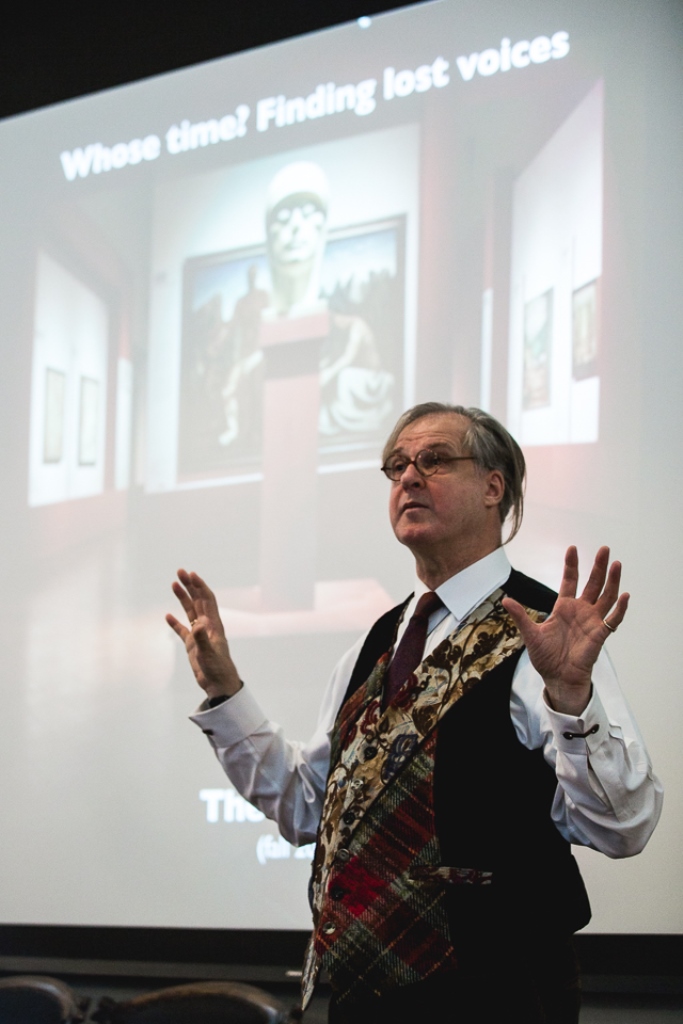
As Ann Demeester so eloquently assessed in her introduction, the notion of the transhistorical is hardly groundbreaking, but it is worth exploring and deepening the research around it. The ambivalent relationship ‘old’ and ‘new’ art worlds have, points onto the strict boundary between the two. As if walking on a parallel track, not only the methodology, research and end result remains separate, but also visitors hardly, if ever, go to the same institutions and exhibitions. Thus the transhistorical seems to enable a bridge between people, places and times, overcoming the gap between the two worlds by way of elevating contemporary art and democratising old masters.
‘All art isn’t contemporary, we are contemporary, exclamation mark’
The day kicks off with a keynote lecture by James Bradburne. Bradburne, the first Englishman ever appointed as director to an Italian institution (The Pinacoteca di Brera and Biblioteca Nazionale Braidense) as he proudly puts is, who starts with a stout statement, declaring all art isn’t contemporary, we are contemporary, exclamation mark. This precurses his lecture, in which he reveals himself to be disdainful of theory and a fervent practioner of informal learning. The sense of didacticism he preaches infuses his whole lecture, captivating the audience with his sense of timing and humor yet slightly lacking in terms of content. An overview of some of the projects he curated is given, and by way of shows on as diversified a subject matter as blood, Nagasaki or Picasso he skilfully demonstrates how much of a content atheist he really is.
The direction of both his lecture and his practice is clearly aimed towards explaining, showing the audience whatever is deemed interesting, and trying to capture their presumably short attention span. This is done by engaging the public by any means necessary. A radio show, where children interview their grandparents about their past. An invitation to share thoughts and emotions in regard to pictures of Hiroshima. What this has to do with the transhistorical museum remains elusive throughout. Despite provocative statements, the lecture does not even begin to scratch the surface of the transhistorical.
For fun, a few truisms by Bradburne. What to make of the myth of the new and now, where we want to make history with capital h, all the while being exempt of it? Case in point : after Ars Nova, Jugendstil, Modern art and contemporary art, what will be next? One point of interest makes me prick up my ears: it is all too easy to hang something made today next to something made yesterday.
With that in mind, we move on to the next lecture by John C. Welchman. After a brief introduction, he gives us an overview of his recently published book Past realization. Essays on Contemporary European Art, in which the practice of fourteen contemporary artists is analysed. Works by Orshi Drodzik, Xavier Veilhan and Guillaume Bijl amongst others are shown and the specific way in which history is neither negated nor the key constituent material in their career is described by Welchman, who emphasizes the importance of the possibility of rewriting of history by referencing Lyotard. Though the idea that meanings aren’t bound by their historical context is the very definition of transhistoricity, the narrating of the various artists’ practice and works take up so much time, there is little space left for the numbed audience to follow up on some of the gold dust that Welchman left in his trail.
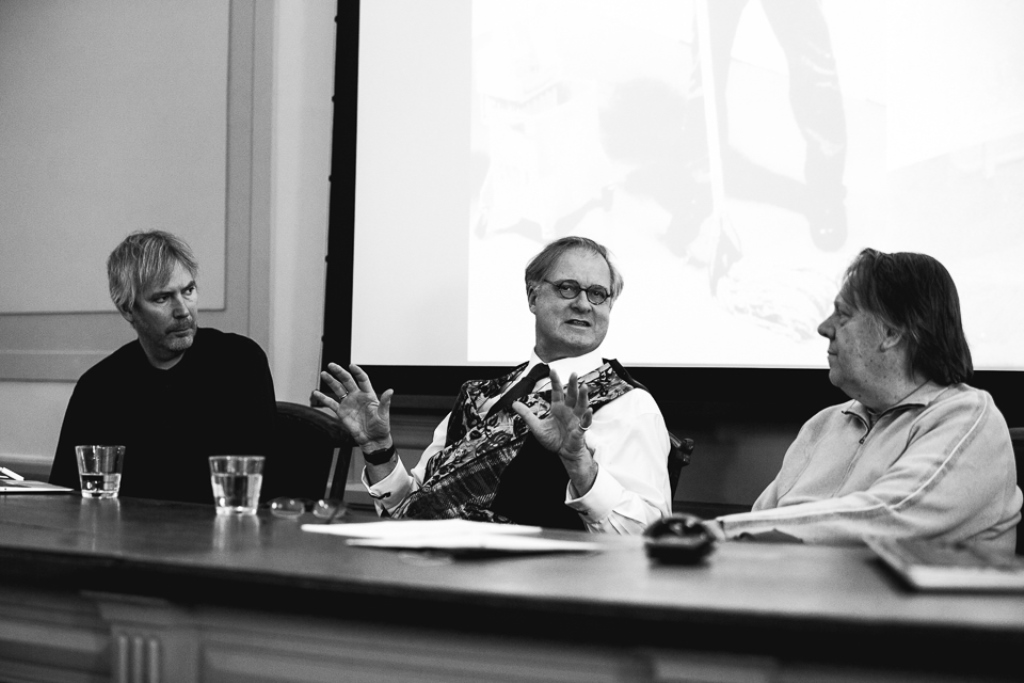
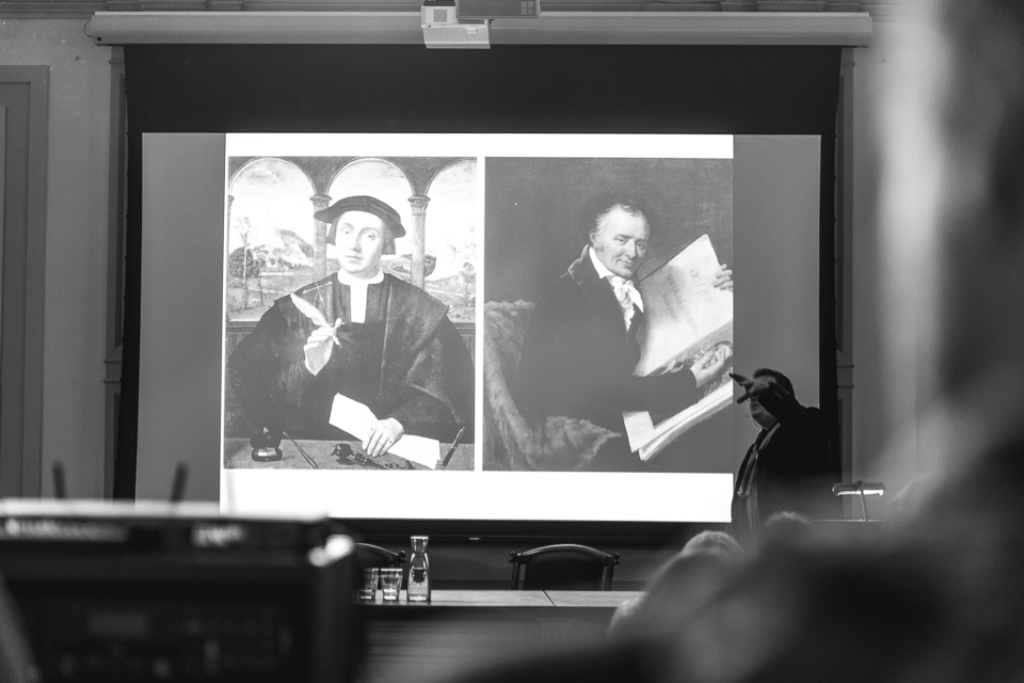
After lunch and the first case study by Till-Holger Borchert, director of the Bruges Museum, comes Pablo Bronstein who is here to talk about his exhibition The Grand Tour at Nottingham Contemporary and Chatsworth House. In this exhibition, he was invited to select furniture from Chatsworth house, and display them at the Nottingham Contemporary with new work based on his research around Chatsworth house. A slide show of various vases, chairs and silverware and the installations and drawings he made around them is accompanied by acid remarks on the market value of such an exhibition. The main question: how to select and present objects and furniture from the house and insert them into a contemporary setting where it will work within the framework of his own practice?
The confrontational expectations by Chatsworth house were not met by Bronstein. The ideology of clashing aesthetics is quite common amongst private houses made public, which predominantly display an image of (former) power and wealth in which paintings and sculptures are merely extras in a nostalgic screenplay. The Wallace collection, or even the Museum Van Loon amongst others, try to update both their visitors’ demographic and subject matter by inviting artists to reflect on their heritage. In an effort to move with their time and make something happen between contemporary art- perceived as grand shiny things as Bronstein puts it (Jeff Koons in Versailles?)- and whatever collection they have, the integrity of the aesthetic of contemporary art is often overlooked. In the case of Bronstein, his comments took the shape of classical drawings of Chatsworth’ architecture. Chatsworth house was concerned about the work not looking contemporary enough and confusing both the middle-class and aged tourist and the contemporary art crowd. American collectors refused to buy the work. It did not look like anything they consider to be contemporary. The shock value is what’s supposedly valuable here, not the artworks themselves or the way they interact. As such, the only thing of interest is how separate both worlds remain, while sharing the same space and time.
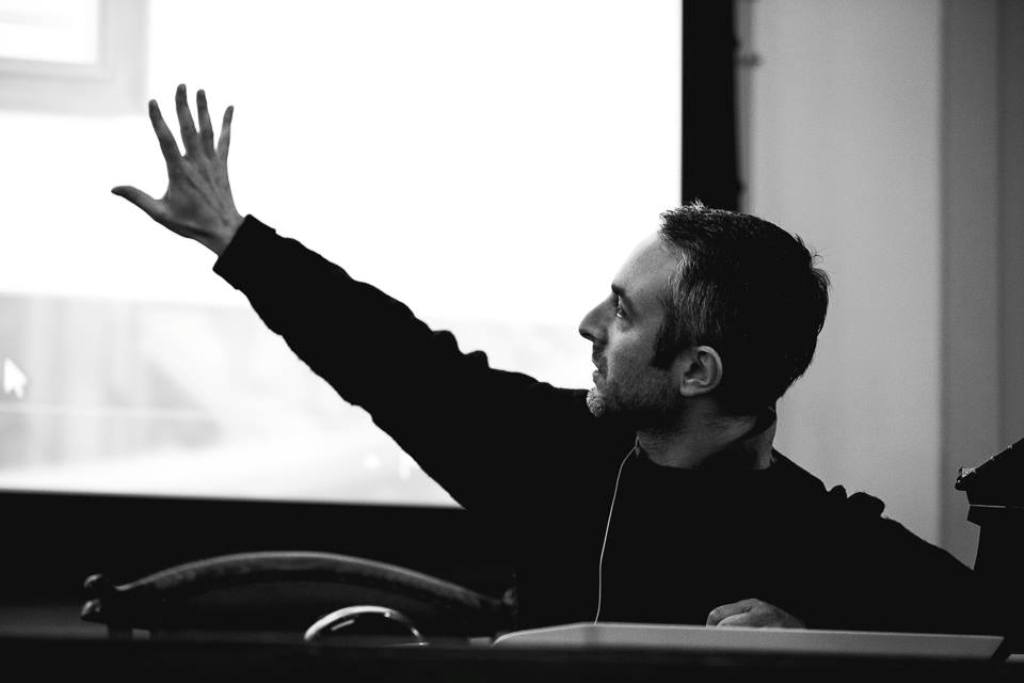
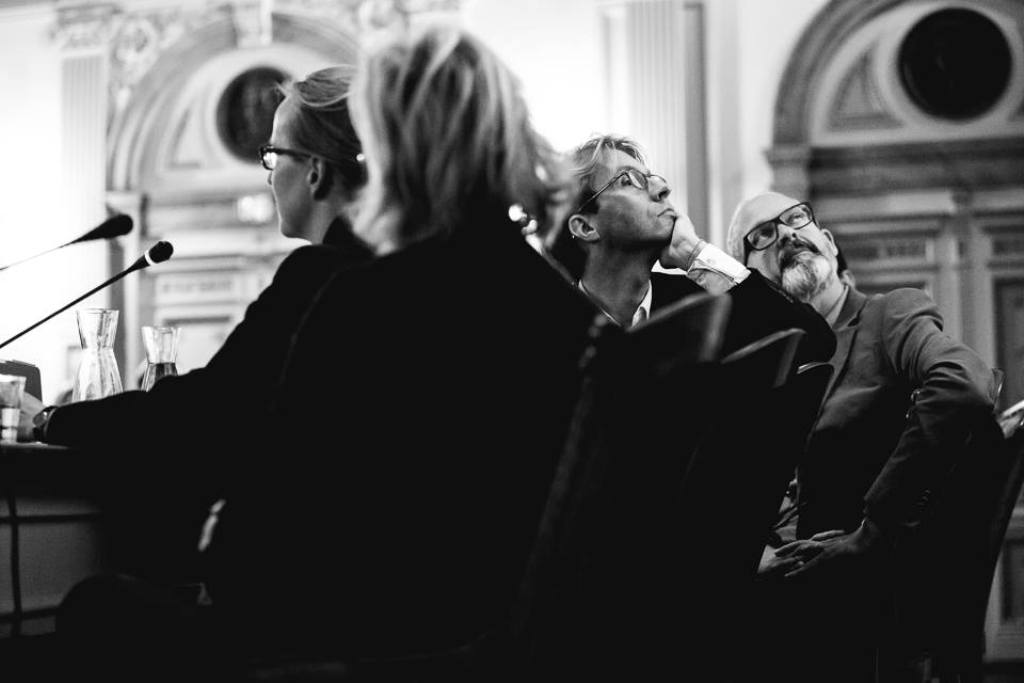
Bice Curiger, the Artistic Director Fondation Vincent van Gogh Arles, knocks on history’s door, as the apt title of her case study indicates. Her talk is completely unrelated to Bronstein’s yet also speaks of the knowledge and intelligence of the general public and how it should not be underestimated. As all speakers before her, she draws heavily on examples from her own experience as a curator, and demonstrates how in the 1995 exhibition Zeichen & Wunder at the Künsthaus Zurich she combined works by the Georgian painter Niko Pirosmani with Jeff Koons and Mike Kelley amongst many other firmly established artists. Her critique against what she presents as ‘museums presenting their old paintings alongside contemporary art which is seen as frivolous accents in a classical universe’ hit a raw nerve with me
Classical and contemporary art scholars and museum curators clearly live in parallel realities and the debate surrounding transhistorical programs and exhibitions before they are even conceived of is ablaze. Antipathy from contemporary art institutions combined with fear from curators protecting ‘their’ Titian from a possible bad rep contamination makes for exhibition making which is not only a diplomacy nightmare, but also a very costly enterprise, if it does not already use an existing depot of affiliates or the museum hosting the exhibition. The arrogance surrounding institutions such as the Rijksmuseum or the National Gallery does not sit well with the principle of montage where cuts provoke collision. Treating art of the past as vacuum sealed consumer goods makes the risk of it gathering dust and dying considerably higher, though it sometimes seems as though these institutions would rather take this risk than do something unwelcome, or even worse, unprecedented. However, all of this was vaguely addressed at the most. Not even the round table with five speakers chaired by Demeester was able to liven up the curriculum vitae points made.
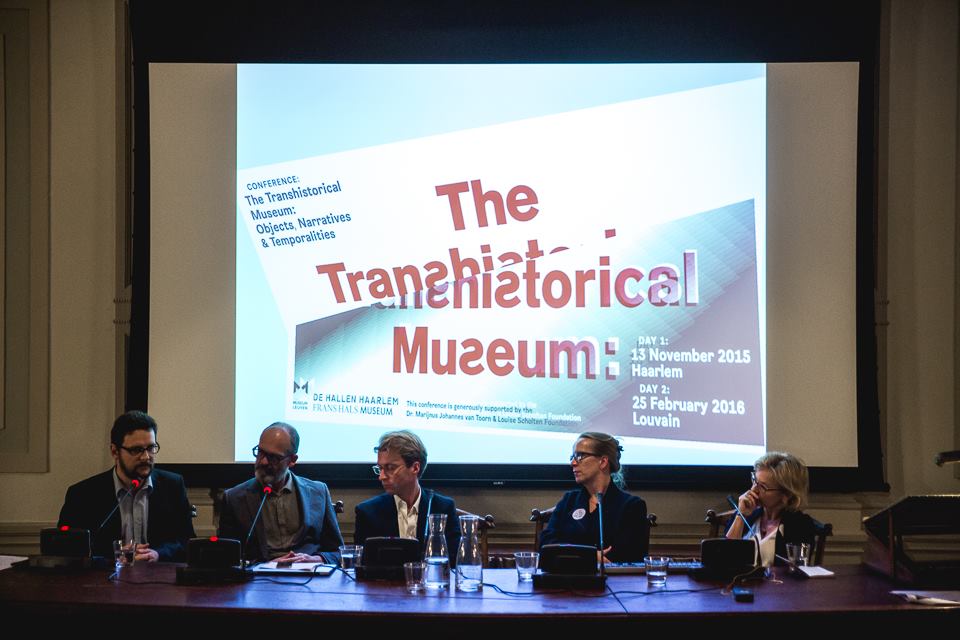
Willem de Rooij made an attempt to stir the pot, as he declared all artists, alive and dead to be his colleagues. Art is art, and should be looked at with a sense of freedom instead of holding onto national schools and time periods with frightful rigidity. Here, he touched upon a feeling expressed before by Welchman all transhistorical shows made by artists are more interesting, more vivid than those made by curators in reference to the Sonsbeek 93′ Mike Kelley show The Uncanny. After a brief silence, Taco Dibbits, the director of collections at the Rijksmuseum hijacks the conversation. His claims the works speak for themselves and we should try to see the exhibition through another pair of eyes made for a very little convincing end of the round table. Showing art which better integrates a conversation between old and new is not simply a case of showing works aesthetically with less information and ‘allowing the art to speak for itself’. Can the transhistorical make us have a different conversation about a 19th century painting and combine the past and present gaze? The gaze Dibbits is referring to seems as superficial as his own reasoning.
Most curators do not have the mandate to combine artworks as effortlessly as artists do. The layering of possible meanings on top of objects remains a balancing act, where not only the aims and results, but also the political and public interests are at stake. Letting the art speak for itself is in no way a sufficient explanation to address this sensitive matter.
Unfortunately no rethinking of the (transhistorical) past, present or future was done. Instead we were presented with an overview of current or past achievements of the speakers, and interesting as this may be, it did not in any sense deepen the discussion surrounding the transhistorical museum. Multiple questions linger, which other than practical examples still have little or no theoretical background. This might explain the call for papers on different questions revolving around the transhistorical and the unanswered questions by moderator Koen Brams about chronology and the authorship in the context of a transhistorical arrangement. Hopefully the second day at Museum M in Louvain will be able to match the intentions of the organisation to the reality of their speakers.
The Transhistorical Museum
De Hallen Haarlem / Museum M, Leuven
13.11.2015
All images by Maarten Nauw, courtesy De Hallen
Alix de Massiac
is editor at Metropolis M


